Scaling your e-commerce business is essential to staying competitive. However, it isn’t just about boosting sales; it is about sustaining sales, from managing the cash flow to your supply chain.
So, how can you scale your e-commerce business while maintaining your brand values? Keep reading to learn more about e-commerce scaling and how to ensure success.
What Does Scaling Mean in E-commerce?
In e-commerce, scaling means expanding your business operations to handle more customers and sales without significantly increasing costs. This involves improving different aspects of the business, such as technology, customer service, and supply chain management.
Advanced technology like artificial intelligence (AI) can simplify operations and reduce manual work as the business grows. Expanding customer service can also help manage more inquiries while keeping service quality high.
Similarly, effectively managing the supply chain process can increase sales volumes.
How to Scale Your E-commerce Business
Follow these steps to scale your Shopify store:
Step 1: Create a Marketing Strategy
A strong marketing strategy increases visibility, making potential customers know your business. You can use tactics like SEO to attract organic traffic or paid advertising on platforms like Facebook to boost your Google ranking.
These strategies will significantly increase your online presence and drive business growth.
Step 2: Automate Operations
Automating business processes improves efficiency and reduces human errors, making it easier to scale operations. Automation can include order processing, inventory management, and email marketing.
Discover how to automate an e-commerce business.
Step 3: Expand Your Product Market
Add your product range and tap into new markets, which can help increase revenue streams and reduce dependence on a single market or product line.
Step 4: Hire an E-commerce Virtual Assistant
Hiring a virtual assistant can help handle routine tasks like social media management, letting you focus on other business growth activities. You can find skilled e-commerce virtual assistants on hubs like Portfolink, which can offer the proper support to scale your business.
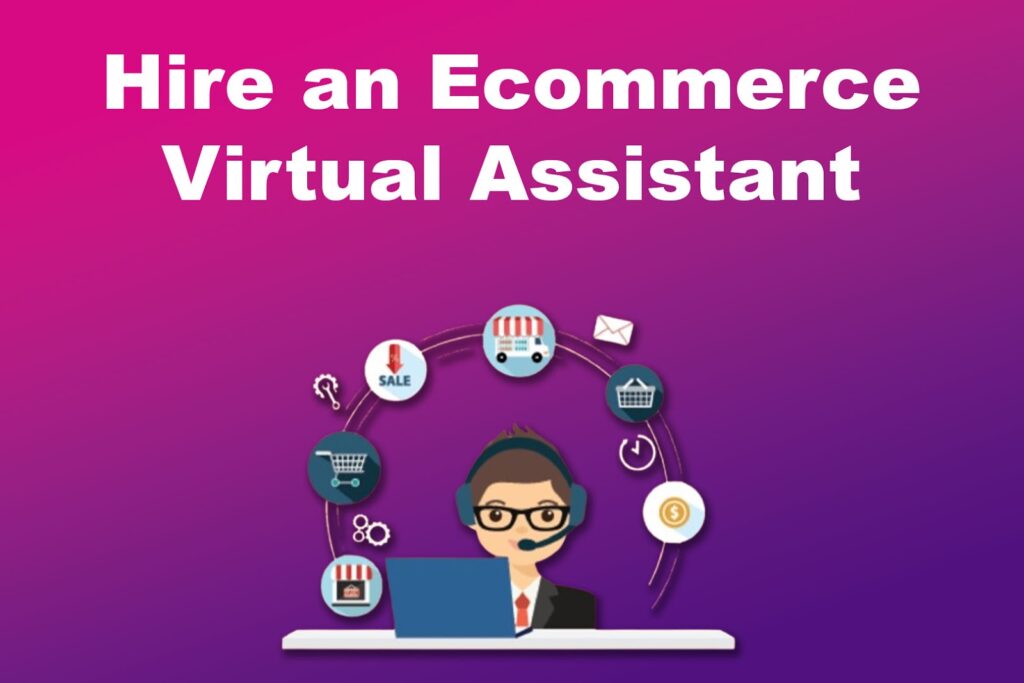
Step 5: Improve Customer Service
Maintaining excellent customer service is crucial for customer satisfaction and loyalty. Ensure customer queries are addressed promptly and that they can receive support through various channels, including emails and live chat.
This can result in repeat purchases and a positive word of mouth, which is critical to scaling your business.
Step 6: Boost Your Website Performance
First impressions last, and your website’s performance directly impacts your sales. Use high-quality images and enhance page load speeds, user experience, and mobile compatibility to increase conversions and decrease bounce rates.
Step 7: Use Customer Reviews
Many people, particularly online buyers, rely on customer feedback to make purchases. Encourage satisfied customers to leave reviews and showcase them on your website to enhance your reputation, attract new customers, and identify areas for improvement.
Learn more about the different ways to scale your e-commerce business from Forbes.
Difference Between Scaling and Growing an E-commerce Business
The difference between scaling and growing an e-commerce business is that scaling adds revenue without significantly increasing costs, using existing resources. On the other hand, growth involves a direct increase in resources, such as hiring more employees.
Additionally, scaling enhances efficiency without adding more work, while growth increases operations, like investing in new technological tools. Scaling uses technology and simpler processes to expand business, whereas growth focuses on reaching more customers and increasing sales.
Benefits of Scaling in E-commerce
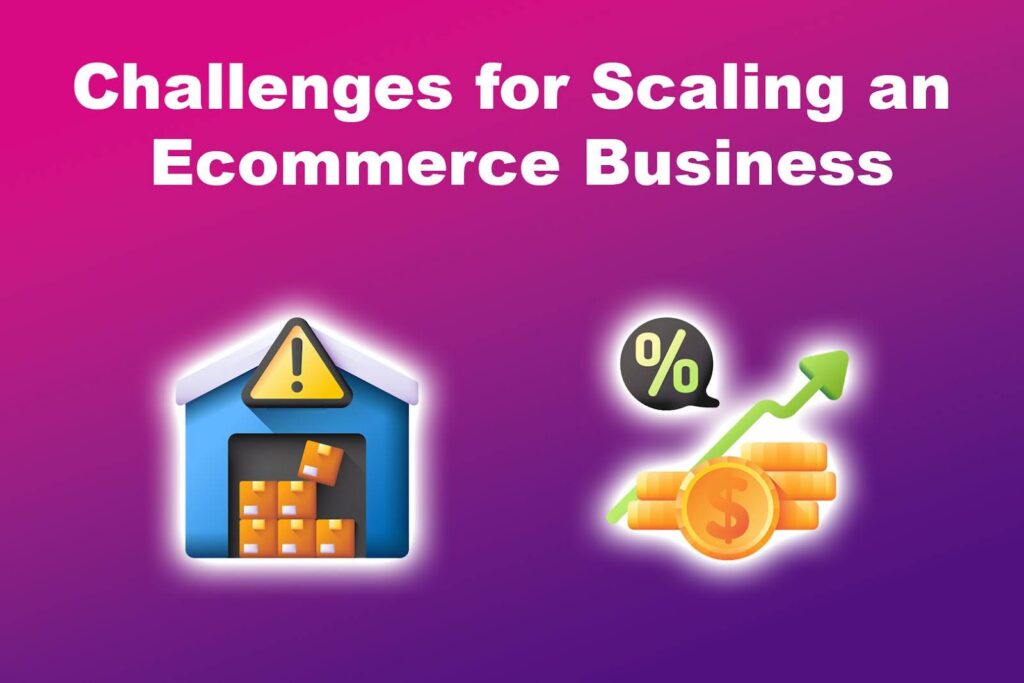
These are the benefits of e-commerce scaling:
- Improving Revenue.
Scaling allows businesses to enter new markets and expand their customer base, increasing sales, profits, and revenue. - Supports Business Growth.
As an e-commerce business scales, it expands its workforce, infrastructure, and capabilities. This allows it to handle a larger volume of transactions, launch new products, and enter new markets, which is vital to business growth. - Increases Competitiveness.
Scaling an online business increases its ability to compete in the market. It allows the business to quickly adapt to market trends and invest more in marketing, making it easier to capture smaller competitors. - Enhances Customer Service.
Scaling allows e-commerce businesses to invest in better customer service tools, like AI chatbots, which can quickly address repetitive customer issues anytime. This improves satisfaction, keeps customers coming back, and generates positive reviews. - Minimizes Costs.
Another significant benefit of scaling your e-commerce business is reducing costs through economies of scale. A larger business can buy in bulk at reduced prices, automate processes, and get better supplier deals, lowering expenses and increasing profits. - Boosts Brand Recognition.
When a business scales, its visibility also increases. This can help build trust and credibility with larger audiences, which is crucial to attracting and retaining new customers and separating it from its competitors. - Adds Flexibility.
Scaling also enables businesses to adapt quickly to customer demand and market changes, providing greater flexibility. A larger business is better equipped to handle economic disruptions and quickly recover from setbacks.
Challenges for Scaling an E-commerce Business
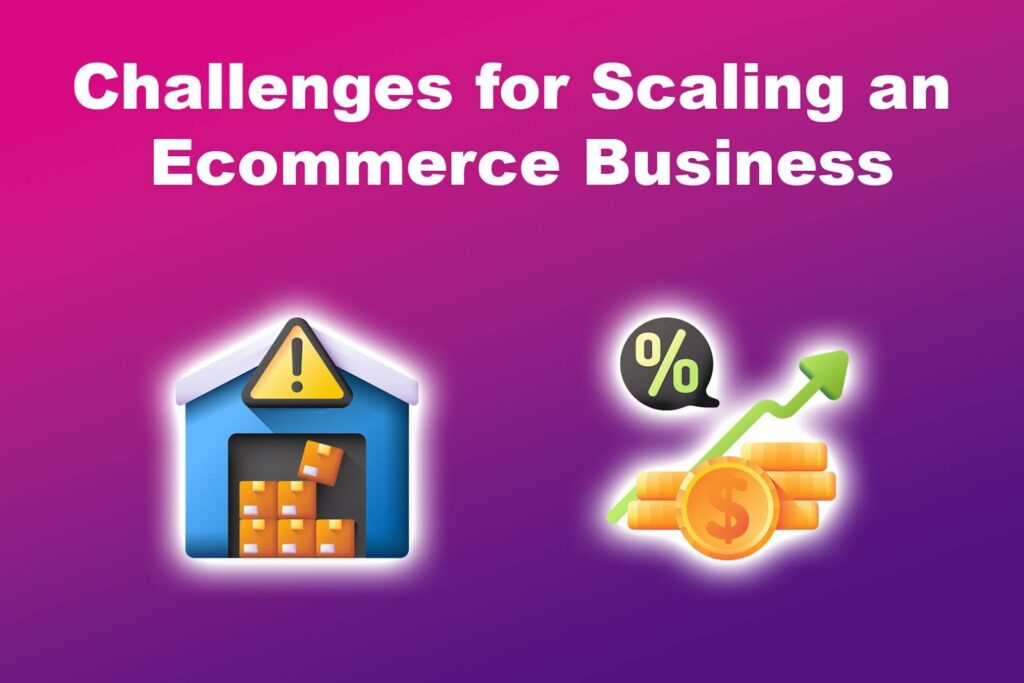
Here are the challenges for scaling an e-commerce business:
- Increased Expenses.
As a business expands, expenses such as technology upgrades, marketing, and inventory costs increase. Managing these costs can strain your cash flow, making it challenging to realize profits. - Customer Service Strain.
Scaling results in more customers, which means more inquiries or complaints, making it challenging to maintain good customer service. This can lead to customer dissatisfaction and negative reviews, ultimately decreasing sales. - Inventory Issues.
Scaling an e-commerce business means dealing with a large inventory. Ensuring you have the right amount of stock can be challenging and often leads to overstock or stockouts. An overstock can strain cash flow and increase storage costs, while stockouts can lead to loss of sales. - Technology.
As a business grows, existing technology may struggle to handle increased traffic or transactions. Upgrading to new systems can be expensive and may present compatibility issues, complicating operations. - Data Management.
As your business expands, the increase in customers and transactions also leads to a larger volume of data. Properly managing this data can be challenging and sometimes lead to poor decision-making. - Hiring problems.
Scaling your e-commerce business may require more staff, and finding people with the right skills can be difficult. Training new employees can also be costly, diluting the company culture and slowing down expansion. - Regulatory Compliance.
Expanding into new markets means dealing with new laws and regulations, which can be costly and complex. This includes local laws, taxes, or import and export rules.
Read more about the challenges of scaling an e-commerce business from Shopify’s official website.
How to Evaluate an E-commerce Business
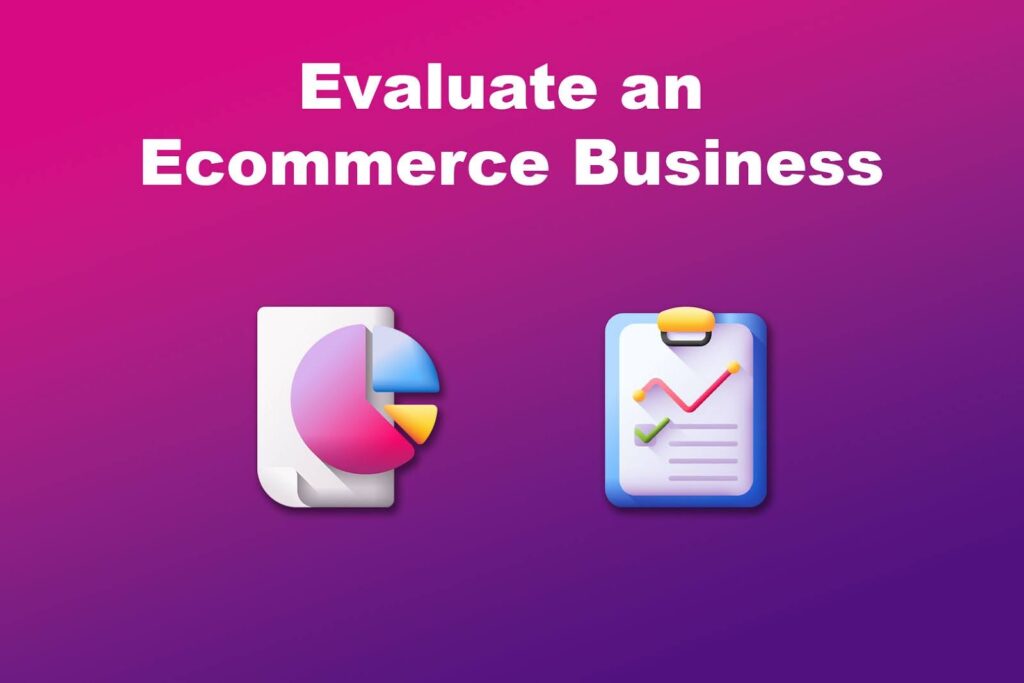
Follow these steps to evaluate an e-commerce business:
Step 1: Check the Revenue Streams
Assess and identify various sources of income for the e-commerce business to understand its growth potential. This can include advertising, subscription services, or direct sales.
Step 2: Evaluate the Customer Base
Analyze and understand the customers’ purchasing behavior to gain insight into your business’s market position. Also, examine how your business attracts and retains existing customers. High retention rates indicate satisfaction and brand loyalty.
Step 3: Examine the Profit Margins
Calculate the gross profit margin and analyze how it compares to industry standards. Higher profit margins indicate a more profitable business. If the margins are low, look for areas where you can reduce expenses to improve the margin.
Step 4: Inspect Inventory and Supply Chain Management
Check how inventory is managed and the supplier relationships. Well-managed inventory reduces the risk of unsold stock and storage costs, while good supplier relationships can result in favorable terms and better pricing.
Step 5: Analyze Competition
Analyze your competitor strategies, strengths and weaknesses, and market share to assess your market position and identify opportunities for differentiation and growth.
Step 6: Review Financial Statements
Assess the businesses’ financial stability by looking at their income statement, balance sheet, revenue trends, and cash flow statement. This is key for making decisions about potential investments and acquisitions.
What Are the Four Dimensions of E-commerce
Dimensions of e-commerce refer to the categories that classify the nature of transactions and interactions in the online market space.
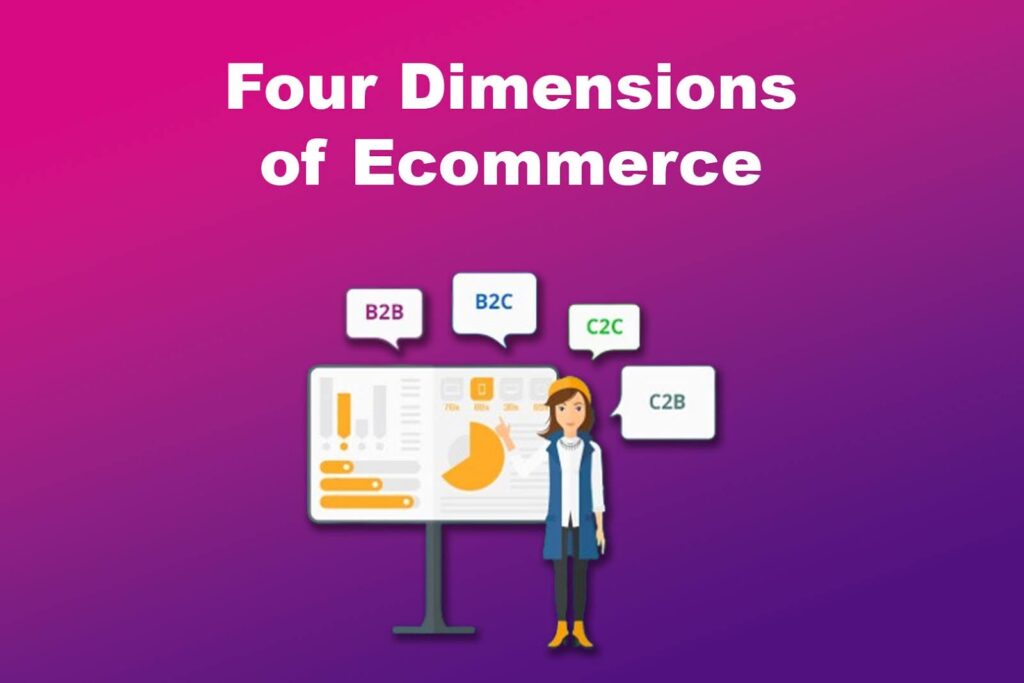
These are the four dimensions of e-commerce:
- Consumer-to-Consumer (C2C).
This type of transaction occurs directly between consumers. Third-party websites such as Craigslist and eBay often facilitate these transactions, allowing users to sell goods to each other through auctions or classified ads. - Consumer-to-Business (C2B).
This involves consumers selling products or services to businesses. Examples include freelance marketplaces like Upwork, where individuals sell their skills or services to companies looking to purchase them. - Business-to-Business (B2B).
In this section, transactions involve businesses, such as a manufacturer selling to a retailer or a manufacturer selling to a wholesaler. The emphasis is on bulk orders, often entailing complex processes. - Business-to-Consumer (B2C).
The transactions here occur between businesses and consumers. Businesses directly sell products to consumers through online platforms like Amazon.